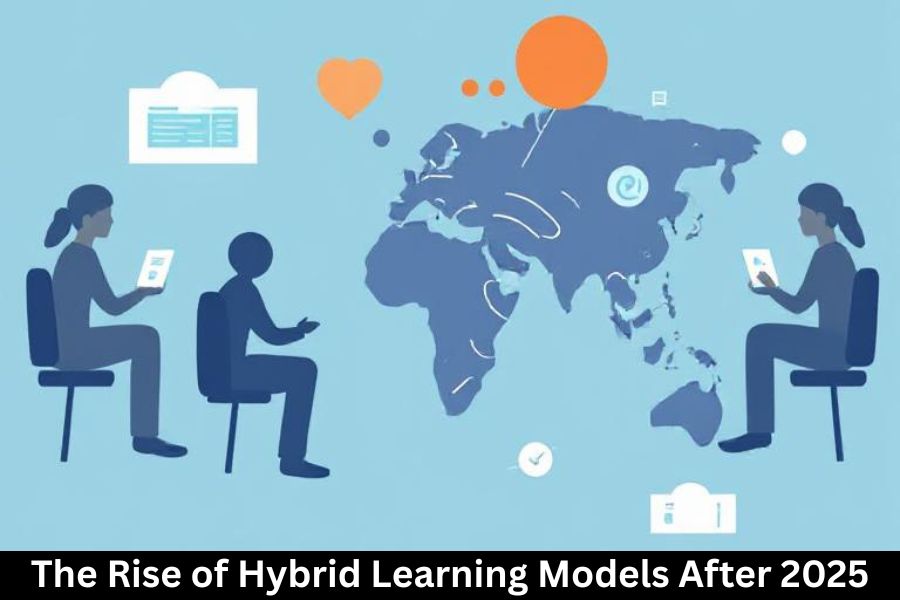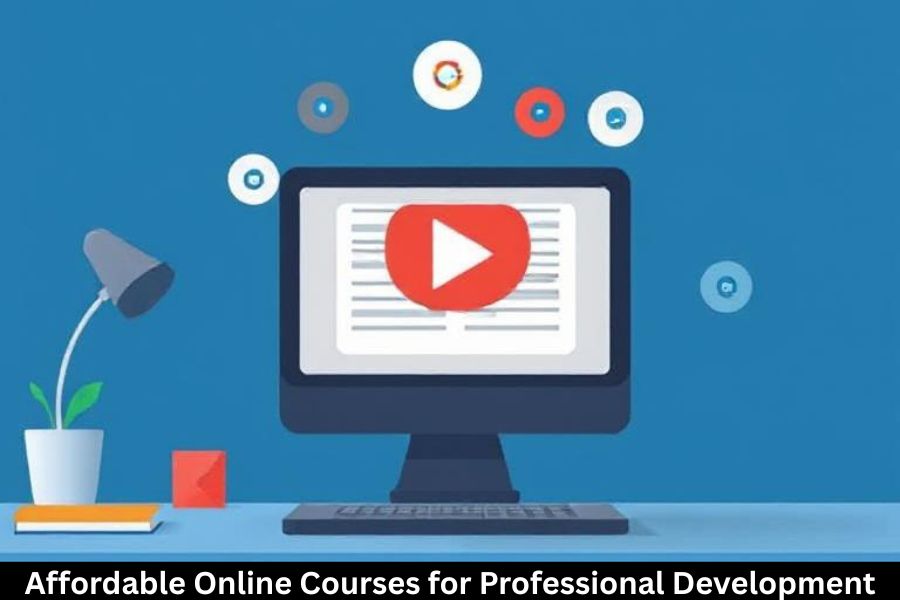Education didn’t so much flip in 2020 as it began a transformation — and by 2025 that transformation moved from experimental to mainstream. Hybrid learning models — where in-person and online experiences are blended intentionally, not just patched together — have expanded rapidly. After 2025, institutions large and small have adopted hybrid approaches as the default strategy for teaching and learning, reshaping classrooms, campuses, and careers. This article explores why hybrid learning has become so prominent, what forms it takes, its benefits and challenges, and what educators and policymakers should watch for next.
Why hybrid learning gained traction
Several overlapping forces pushed hybrid learning from niche to norm:
- Technology maturity. By 2025 core tools — video platforms, low-latency collaboration suites, cloud-based LMS (learning management systems), and affordable AR/VR hardware — became more reliable, easier to integrate, and more accessible. That made meaningful synchronous and asynchronous hybrid experiences possible at scale.
- Learner expectations. Students and professionals expect flexibility. Many now balance jobs, caregiving, and study; hybrid models let them choose a cadence that fits their lives without losing access to high-quality instruction.
- Workforce needs. Employers demand both deep technical skills and soft skills like teamwork and communication. Hybrid models provide structured, project-based, and collaborative work that maps to workplace realities — mixing remote collaboration with in-person labs and mentorship.
- Institutional resilience and cost optimization. The pandemic era taught institutions to plan for disruption. Hybrid designs can reduce campus overcrowding, make better use of facilities, and reach geographically diverse learners — improving resilience and enrollment stability.
- Pedagogical evolution. Educators moved past thinking hybrid equals “recorded lecture.” New instructional designs emphasize active learning, modular content, and competency-based assessment — approaches that fit hybrid delivery especially well.
Common hybrid models after 2025
Hybrid learning isn’t one-size-fits-all. Here are the models that became most common:
- Blended synchronous: Entire cohorts meet online and in-person at overlapping times, with technologies supporting joint participation and real-time collaboration.
- HyFlex (hybrid-flexible): Learners choose each session whether to attend in-person, join live online, or engage later asynchronously — with course design ensuring all paths have equitable learning outcomes.
- Flipped-hybrid: Core content (videos, readings, micro-lectures) is consumed asynchronously; class time — whether physical or virtual — is devoted to discussion, problem solving, and projects.
- Modular microcampus approach: Institutions create small, local in-person hubs for labs, testing, and mentorship while central instruction is delivered online — useful for professional training and distributed degree programs.
- Integrated workplace learning: Partnerships between employers and educational institutions mix remote coursework with in-office rotations, co-op projects, and mentor-led cohorts.
Key benefits realized
After 2025, hybrid learning delivered measurable advantages when implemented thoughtfully:
- Flexibility with structure: Learners reported better retention and lower dropout rates when given flexible access to content but clear milestones and active engagement expectations.
- Broader access: Geographic and scheduling barriers fell; working adults, caregivers, and learners in remote regions gained more equitable access to quality programs.
- Personalized pathways: Data from LMS and adaptive platforms enabled targeted remediation and enrichment, meeting learners where they are without sacrificing cohort cohesion.
- Stronger industry alignment: Project-based hybrid courses made it easier to surface real-world problems and involve industry mentors, improving employability outcomes.
- Cost efficiency: Institutions optimized space usage and attracted more enrollments through hybrid offerings, helping financial sustainability without compromising quality.
Challenges that persisted
Hybrid success wasn’t automatic. After 2025, common pitfalls included:
- Equity and access gaps: Broadband inequality and device shortages still excluded learners if institutions didn’t provide supports like loaner tech or community access nodes.
- Instructor workload and training: Effective hybrid teaching takes more design upfront; many faculty reported unsustainable workloads without institutional investment in course designers and teaching assistants.
- Assessment integrity: Maintaining academic integrity required redesigned assessment methods — portfolio work, oral exams, and proctored project defenses — rather than solely relying on high-stakes online exams.
- Student isolation and engagement: Remote learners could feel invisible. Intentional community-building, synchronous touchpoints, and peer mentorship programs were necessary to keep engagement high.
- Data privacy and vendor dependency: Heavy reliance on third-party platforms raised concerns about student data, interoperability, and long-term costs.
Best practices for effective hybrid programs
Institutions and instructors that thrived after 2025 tended to follow several pragmatic principles:
- Design for outcomes first. Decide what learners should be able to do, then choose the mix of online and in-person experiences that achieve those outcomes, rather than shoehorning existing lectures into new formats.
- Invest in people and training. Provide instructional designers, accessible training in hybrid pedagogy, and technical support so faculty can focus on teaching quality rather than tooling.
- Make equity non-negotiable. Budget for student technology support, localized access points, and accommodations so hybrid access is not just for those with resources.
- Use assessment that matters. Favor authentic, project-based assessments and frequent low-stakes checks over one-off proctored tests where possible.
- Prioritize community. Build routine cohort rituals: kickoff workshops, small-group projects, peer review, and synchronous office hours that foster belonging for remote and in-person students alike.
- Monitor and iterate using data. Track engagement, completion, and learning gains — but pair analytics with qualitative feedback to avoid misleading signals.
What’s next: hybrid beyond 2030
The trajectory after 2025 points toward hybrid becoming more sophisticated and embedded:
- Seamless spatial learning. AR/VR and immersive labs will narrow the gap between remote and on-site experiences for disciplines like medicine, engineering, and performing arts.
- Micro-credential ecosystems. Learners will assemble short, stackable credentials from multiple providers — hybrid formats will make these pathways more navigable and employer-aligned.
- Lifelong, modular learning contracts. Employers and institutions may co-invest in ongoing hybrid learning subscriptions tied to career progression rather than single-degree models.
- Ethical and regulatory frameworks. As hybrid becomes central, policymakers will refine standards for quality, credit transfer, and digital privacy to protect learners and ensure transparency.
Conclusion
After 2025, hybrid learning moved from novelty to necessity, not because technology alone changed, but because institutions, learners, and employers all adapted expectations and practices. The models that endure will be those that combine flexibility with rigorous design, equity with innovation, and data-driven iteration with human-centered teaching. For educators and leaders, the imperative is clear: invest in high-quality hybrid design, safeguard access and privacy, and keep learners — their goals, contexts, and communities — at the heart of every decision. Hybrid learning isn’t an endpoint; it’s the platform on which the next generations of learning will be built.



